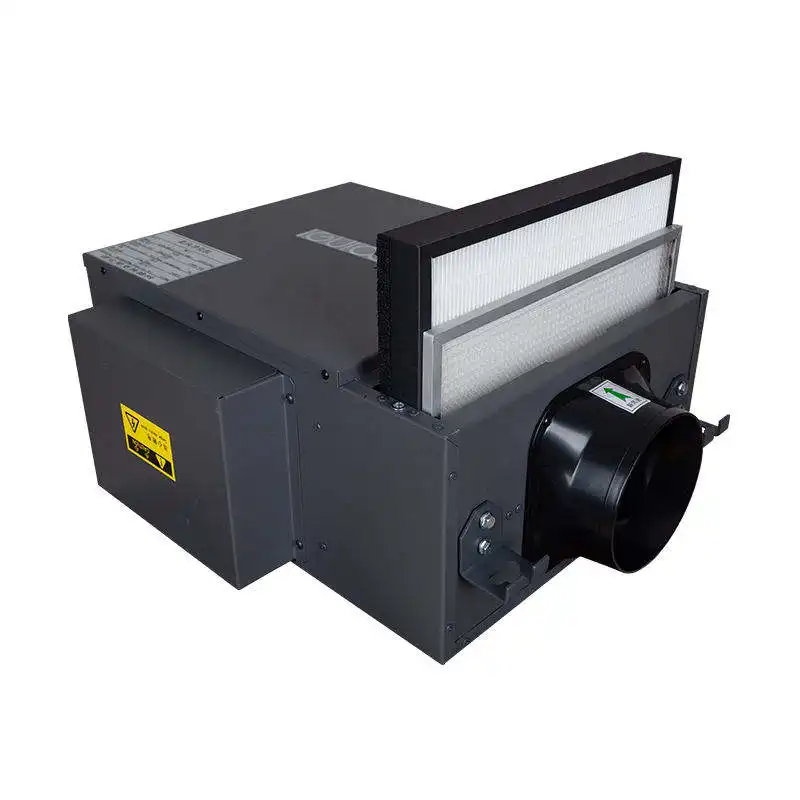The fresh air ventilation system is an independent air handling system composed of a supply air system and an exhaust air system, mainly used for indoor air purification and ventilation. We usually divide the central fresh air system into a one-way flow system and a two-way flow system according to the airflow organization. So what is the difference between these two?
What is a one-way flow fresh air system?
Unidirectional flow, refers to unidirectional forced air supply or unidirectional exhaust, and is therefore divided into positive pressure unidirectional flow and negative pressure unidirectional flow.
The first type is positive pressure unidirectional flow, which belongs to “forced air supply+natural exhaust”, and the second type is negative pressure unidirectional flow, which is “forced exhaust+natural air supply”,
At present, the most commonly used one-way flow fresh air system for household use is positive pressure one-way flow, which has a relatively good purification effect. The introduced fresh air is also sufficient and can basically meet certain space requirements.
Advantage:
1. The one-way flow fresh air system has a simple structure and simple indoor pipelines.
2. Low equipment cost
Shortcoming:
1. The airflow organization is single, and relying solely on the natural pressure difference between indoor and outdoor air for ventilation cannot achieve the expected air purification effect.
2. Sometimes it affects the installation of doors and windows, and manual opening and closing of the air inlet is required during use.
3. A unidirectional flow system has no heat exchange and significant energy loss.
What is a two-way flow fresh air system?
The two-way flow fresh air ventilation system is a combination of “forced air supply+forced exhaust”, which aims to filter and purify fresh outdoor air, transport it indoors through pipelines, and discharge polluted and low oxygen air outside the room. One supply, one exhaust achieves the exchange and convection of indoor and outdoor air, forming a more scientific and effective airflow organization.
Advantage:
1. Most of the two-way flow fresh air systems are equipped with an energy exchange core to balance indoor temperature and humidity, providing a better user experience.
2. Mechanical air supply and exhaust have high ventilation efficiency and more obvious purification effect.
Shortcoming:
Compared to unidirectional flow equipment, the cost is slightly higher and the installation of pipelines is slightly more complex.
If you have higher requirements for air quality and comfort, we recommend choosing a two-way flow fresh air system with a built-in enthalpy exchange core.
Post time: Sep-20-2024









